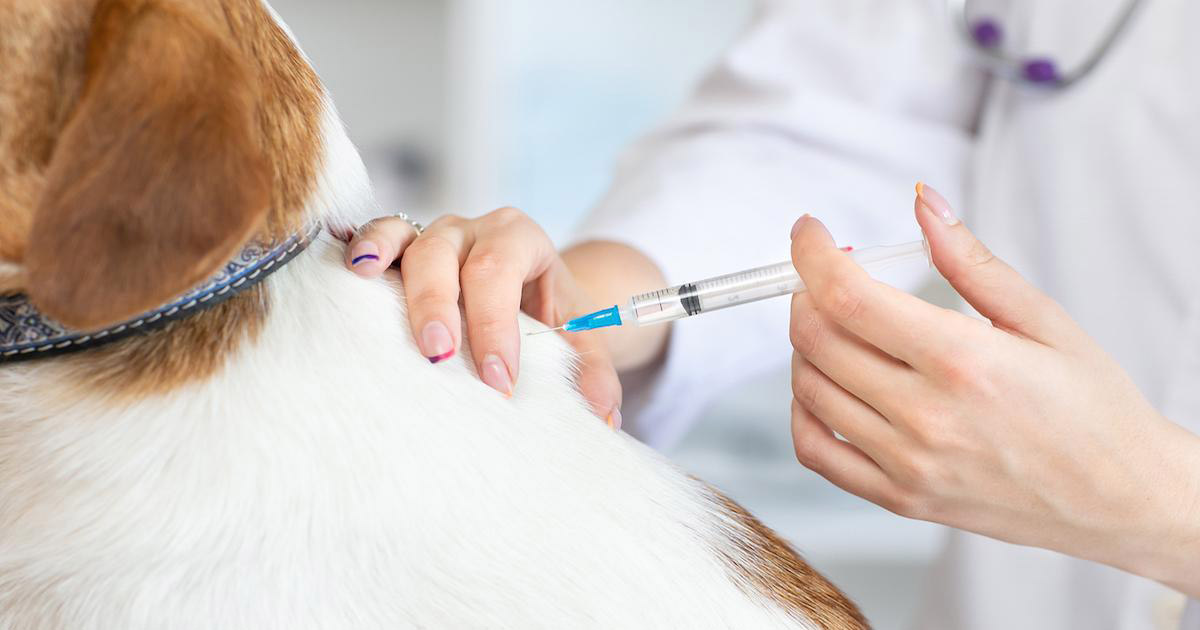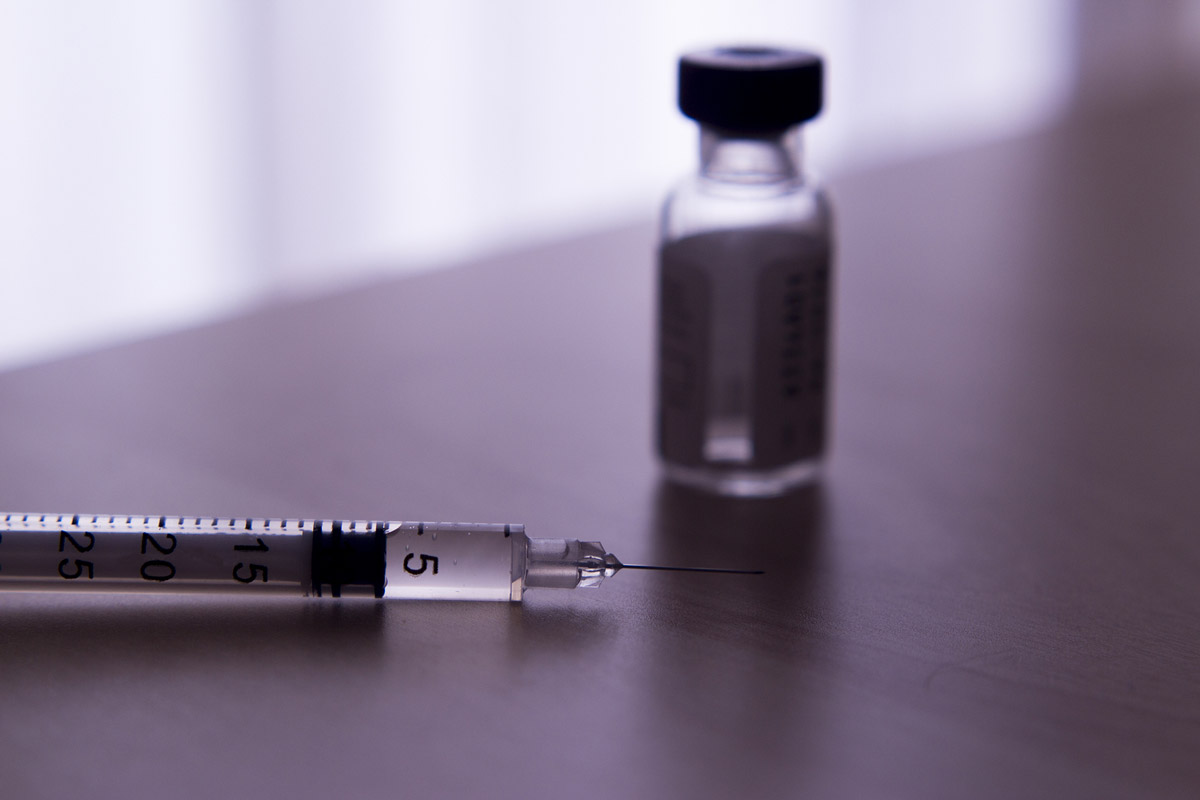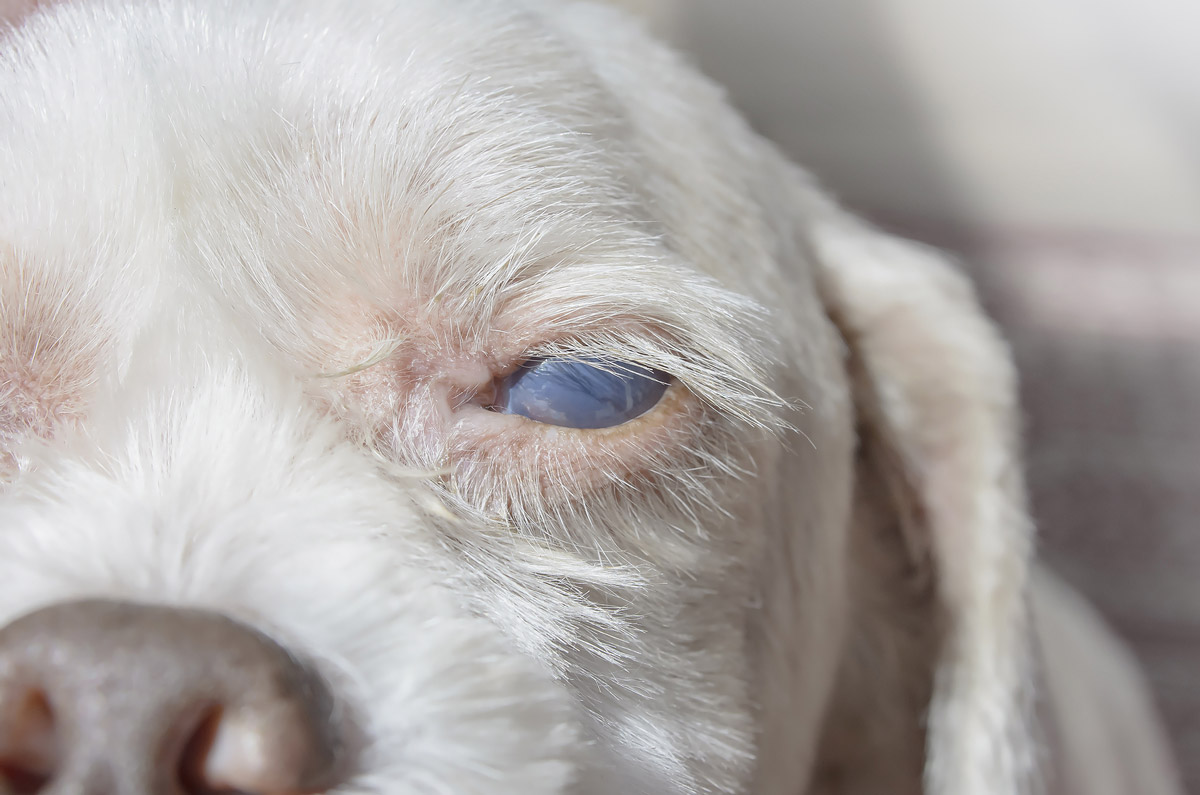Does Your Dog or Cat Have Diabetes? Symptoms & Preventive Measures

Note: This article was written for and originally posted on Silversky.
Diabetes does not discriminate. A chronic disease that can affect humans and other animals such as apes, pigs, horses, and yes, cats and dogs, diabetes can lead to many debilitating conditions and must not be treated lightly.
However, while it can’t be cured, it can be managed to allow your pet to continue enjoying a life of quality and comfort — read on to find out how to spot early signs of diabetes, know if your pet has a higher risk of developing diabetes, and what are some potential preventive measures!
What is canine and feline diabetes

A syringe of insulin solution
Diabetes in dogs and cats are caused by either a lack of insulin or a lack of usage of insulin in your pet’s body.
Typically, when your pet eats, the food ingested is broken down into various components, including glucose (a simple sugar). The glucose is then carried to the body’s cells via insulin as a source of energy, but when your pet isn’t able to produce enough insulin or utilise the insulin properly, the glucose will simply remain in your pet’s bloodstream. Over time, the build-up of glucose will cause your pet’s blood sugar level to rise, which can lead to adverse side effects.
Here are the two types of diabetes in cats and dogs:
- Insulin-Deficiency Diabetes — The most common type of diabetes in cats and dogs, this is when the body doesn’t produce enough insulin because the pancreas is damaged and not functioning properly. Daily shots are needed to replace the missing insulin.
- Insulin-Resistance Diabetes — Often occurring in older, obese cats and dogs, this diabetes develops when the pancreas is producing some insulin, but the body isn’t utilising the insulin as it should. Sometimes, female dogs can also develop temporary insulin resistance when in heat or pregnant.
Effects of diabetes in cats and dogs

A dog with cataracts, one of the possible negative health effects of diabetes
Regardless of the type of diabetes, the effects are the same because both results in excessive sugar build-up in the bloodstream. The lack of energy source for cells will trigger the break down of fats and proteins to use as alternative ‘fuel’, resulting in weight loss, potential organ damage, and more, while the abnormal blood makeup can cause further damage to kidneys, eyes, heart, blood vessels, or even nerves.
Other negative health impacts include:
- Rapid onset of cataracts (leading to blindness)
- Enlarged liver
- Urinary tract infections
- Seizures
- Kidney failure
- Ketoacidosis — A life-threatening condition that affects those with diabetes. It occurs when the body starts breaking down fat at a rate that is too fast. The liver then processes the fat into a fuel called ketones, which causes the blood to become acidic. This disrupts the dog’s fluid and electrolyte balance, which results in abnormal heart rhythms and abnormal muscle function that can be fatal if left untreated.
Is my pet at risk of diabetes?

Old age and obesity are just some of the factors that may affect your pet’s chances of getting diabetes
The cause of diabetes usually varies depending on the individual, but there are a couple of factors that may result in higher chances of your pet developing diabetes.
These include:
- Age — Diabetes mostly occurs in middle-aged to senior pets
- Gender — Unspayed female dogs are twice as likely as male dogs to get diabetes, while male cats are more likely than female cats to develop diabetes
- Obesity — Obesity causes cells in your pet’s body to become more resistant to insulin and is a risk factor for pancreatitis, which may lead to diabetes
- Repeated pancreatitis — Repeated inflammation of the pancreas can cause extensive damage to the organ, resulting in diabetes
- Steroid medication — Diabetes may occur if used long-term
- Cushing’s disease — Because the body overproduces steroids, this condition can bring about diabetes
- Genetics — Burmese, Maine Coon, and Siamese cats, as well as Miniature Poodles, Bichons Frises, Pugs, Dachshunds, Miniature Schnauzers, Puli, Samoyeds, Keeshonds, Australian Terriers, Fox Terriers, Cairn Terriers, and Beagles, are more likely to develop diabetes than other breeds.
Symptoms of diabetes in cats and dogs

Is your cat sleeping more than usual?
Worried that your beloved pet might have diabetes? Apart from the negative health effects mentioned before, keep a lookout for these hallmarks of diabetes to know if your furry friend needs medical attention or not:
- Excessive thirst and increased urination — This is the body trying to get rid of excess sugar by sending it out through urine
- Weight loss and increased appetite — The body’s cells are not getting the glucose needed and nutrients are not being efficiently absorbed, which contributes to hunger and weight loss despite eating normal portions
- Lethargy — When the cells of your pet’s body are deprived of sugar, your pet will have low energy levels and tend to sleep more and move about less
- Weakness in rear limbs — Unique to cats only, felines with diabetes may assume the plantigrade stance, in which it will drop its hindquarters low and walk on its back ankles instead of its paw pads.
Treatment of diabetes in cats and dogs

Dietary adjustments may be needed if your pet is diagnosed with diabetes
If not managed properly, diabetes can lead to disastrous effects on your pet’s body, which is why early detection and proper treatment are crucial. The sooner diabetes is diagnosed and treatment begins, the better chance the pet has of a normal life.
Usually, management of diabetes will involve dietary adjustments to introduce good-quality protein, fibre, and complex carbohydrates to slow the absorption of glucose, a moderate but consistent exercise routine to help avoid sudden spikes or drops in glucose levels, and daily insulin injections to provide your pet with the necessary levels of insulin needed.
Prevention measures

A dog’s ideal body condition should look like this from the top!
Although it’s impossible to guarantee that your pet will never develop diabetes, observing these healthy practices can help to significantly reduce the risk of diabetes in your beloved pets:
– Feed your pet a complete and balanced diet of proteins, fats, carbohydrates, vitamins, and minerals — The exact ratio will differ for cats and dogs at different stages of life.
On the Wellness blog, read as our nutritionists advise on how you can customise a balanced meal from Wellness CORE®, according to your pets’ age, activity level, and protein preference.
– Ensure sufficient exercise appropriate for your pet’s age and food intake
Maintain an ideal body condition — Dogs should have ribs and vertebrae that you can easily feel, with a visible waist right behind the ribs when viewed from the top and an abdomen that tucks up when viewed from the side. On the other hand, cats should ideally have a visible waist behind the ribs when viewed from the top as well, and ribs that can be felt but with a slight fat covering. There should also be a small paunch on the abdomen.








